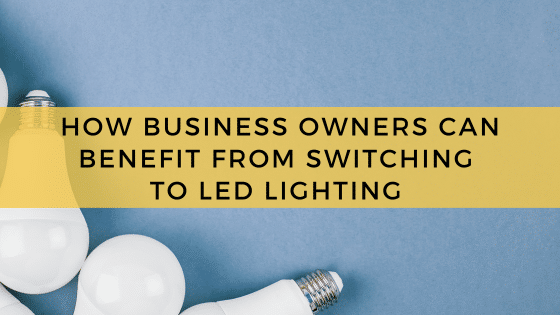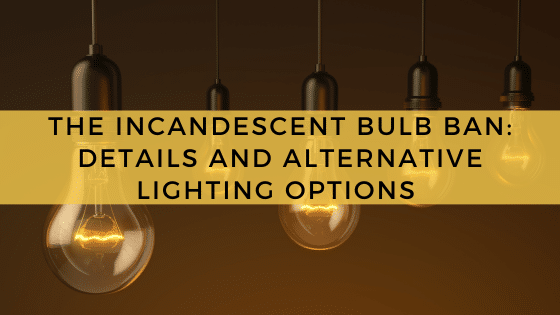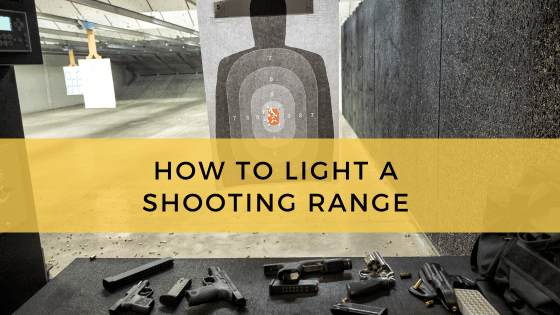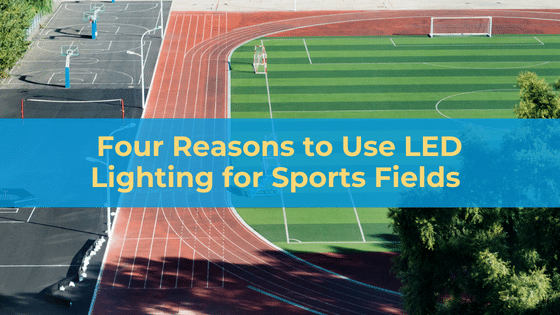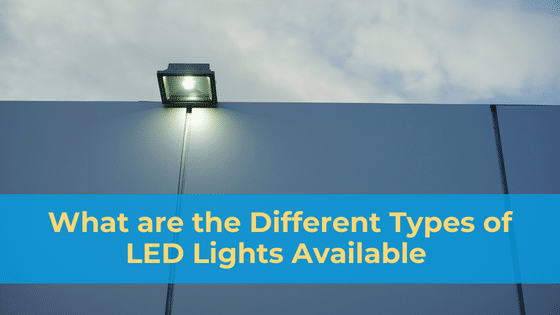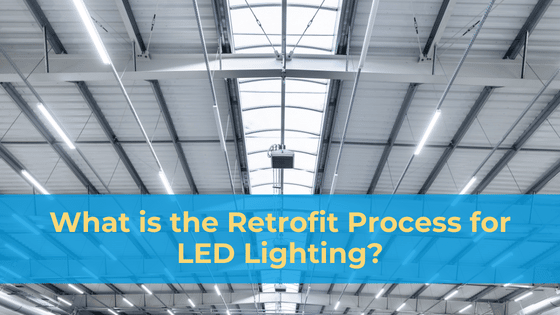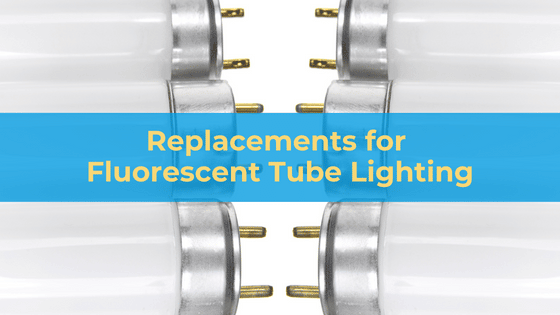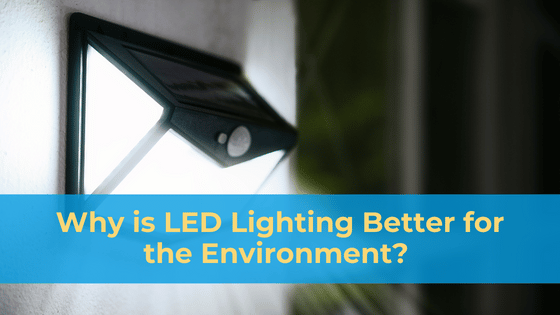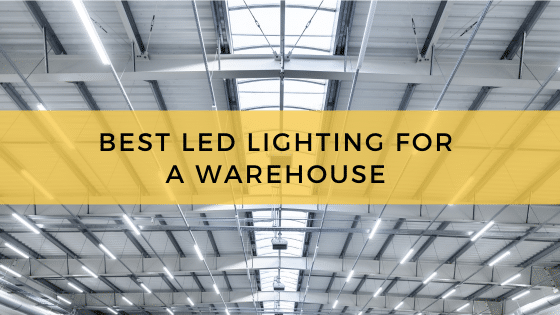
Warehouses can be challenging spaces to light thoroughly because there are multiple factors to consider. An optimized lighting system is only possible if the following are considered:
- The building’s size and layout
- The number of workers and level of activity in the warehouse
- The presence of machinery or hazardous materials
- The building’s energy usage
- Compliance with long-term lighting goals and regulations
Though extensive planning should go into any commercial or industrial lighting project, no matter the scale, it’s especially important for a large space like a warehouse.
Four Things to Consider When Setting Up Warehouse Lighting
Expanding on the above factors further – here’s what to consider and plan around when designing a warehouse lighting system:
- The warehouse’s size and ceiling height – Warehouse fixtures are available in a variety of distribution options, so designers can shape the system to fit a particular facility. And when it comes to picking the right distribution pattern, the building’s size and ceiling height are the biggest considerations. For example, bay lights are designed to either work with low or high ceilings, as they’re designed with different optics.
- Worker safety – Within reason, the brighter the fixtures, the safer the warehouse. Brighter lighting improves visibility at a distance, allowing workers to anticipate potential safety risks before they become a threat. Forklift operators will notice pedestrian traffic sooner and will be more likely to detect people around corners. Lights that provide excellent color rendering are also better at improving visibility over longer distances.
- The facility’s energy efficiency needs – Warehouses rely on high lumen counts to ensure adequate brightness throughout the building. This high-powered setup can drive up energy costs if the warehouse relies on inefficient lighting products.
- Whether the new lighting system is future-proof – Power usage isn’t just an operational cost concern. Commercial facilities are facing an increasing wave of lighting regulations, many of them targeted at energy efficiency. When considering warehouse lighting options, it’s a good idea to consider the track of lighting regulations. It’s likely that power efficiency will continue to be a pressure point for lighting solutions.
Bays, Linear Lights and Troffers – the Go-To Fixture Options for Warehouses
With the above considerations in mind, the most common warehouse fixtures are bays (low and high), linear fixtures and troffers. Here’s how each can serve in a warehouse setting:
- High and low bays – Bay lights are purpose-built for illuminating large spaces like warehouses, department stores, and other massive commercial buildings. Bays can be mounted directly to the ceiling or suspended from chains or cables. The primary differences between low and high bays are their lumen output and optics. Low bays are built for lower ceilings (between 12 and 20 feet high), while high bays are built for higher ceilings (between 20 and 45 feet high).
- Linear and UFO bays – Bays are also available in a couple of fixture designs, including linear and UFO bays. The name indicates the shape and intended applications. Linear bays are better for illuminating aisles, while UFOs distribute their light over a larger area, which is better for open locations.
- Troffers – Troffers are an alternative warehouse lighting choice and can also be mounted or suspended from the ceiling. If mounted, troffers are recessed into the ceiling and provide even, diffused illumination that minimizes glare. In the past, fluorescent tubes were the primary option for troffer fixtures, but LED linear tubes are now available as an alternative.
Whether it’s a bay, linear or troffer fixture, focus your search on fixtures built with a modular design. Modular fixtures are designed for simple maintenance and lamp replacement, as the fixture’s components are interchangeable. Given the inherent difficulty involved in replacing warehouse lights, simplifying lamp replacement can be a cost-saver and risk-reducer.
LED vs. HID vs. Fluorescent Lighting – Which Works Best in Warehouses?
We’ve addressed the fixture part of the lighting equation, but what about the lamp? Until recently, warehouses were almost always lit with HID or fluorescent lamps. Today, LED lighting technology is replacing both in most applications, including warehouse lighting.
Here’s how the three stack up:
- Energy efficiency – LED lighting is the most energy efficient lighting technology on the market, with significant efficiency advantages over HID and fluorescent fixtures. This efficiency advantage is realized at both the lamp and system level, as LED bulbs are better at converting power to light, and better at distributing that light where it’s needed most – at ground level.
- Ease of maintenance – LED fixtures require practically zero maintenance once installed, as long as installation is handled properly. It’s common for LED lights to provide several years of reliable illumination before lamp replacements are necessary. Contrast this with HID and fluorescent lamps, which both need to be replaced several times during a single LED lifecycle.
- Lighting performance – LEDs emit high-brightness, high-CRI (color rendering) illumination that’s easier to distribute than fluorescent or HID lighting. As such, LED lighting solutions are characterized by their excellent illumination quality. Further, LEDs emit light across the entire visible light spectrum, giving them a natural sunlight-like quality that people respond to better.
- Reliability – LED lighting is also characterized by its reliability. LEDs last for years, can be operated continuously with little concern, emit minimal heat, are unaffected by rapid on/off cycling, and fail gradually instead of suddenly. On top of that, LED lighting is also the most controllable on the market and can be used with dimmers, timers, photocells, and motion sensors to improve its reliability further.
It’s no surprise that LED has the advantage in almost every respect. LEDs are far more sophisticated than the filaments and pressurized gas chambers of yesteryear. Built on semiconductor and solid-state technology, LEDs are designed to make the most of every watt – and do it reliably.
Optimize Lighting Efficiency and Performance with a Photometric Analysis
LED lighting is the pinnacle of the industry, but LED systems perform even better when they’re backed by photometric analysis.
Lighting professionals can provide this analysis, which is used to model the pattern and intensity of lighting systems. Photometric software includes a deep library of luminaire data that designers use to visually and mathematically model lighting projects. While modeling the system, the lighting designer can experiment with different fixtures and different placement options, with the goal being to meet both efficiency and performance thresholds. In other words, get the most light possible at the lowest operating cost possible. This is possible because photometric analysis calculates the amount of illumination at each square foot, so there’s no guesswork or eyeballing involved.
Lighting is an Essential Part of Warehouse Operations – Make Sure Your Facility Has the Right Solution in Place
Warehouse lighting must meet several specifications. It must be bright enough, render color well, remain unobtrusive to workers, operate efficiently, and perform as a reliable, long-term solution.
LED lighting technology is built to provide all of the above, along with the future-proofing that building owners are looking for in today’s lighting solutions. Considering a switch to LED lighting or developing a new lighting solution from scratch? An experienced lighting company can provide a photometric analysis, along with the ideal fixtures and LED lights for the job.

